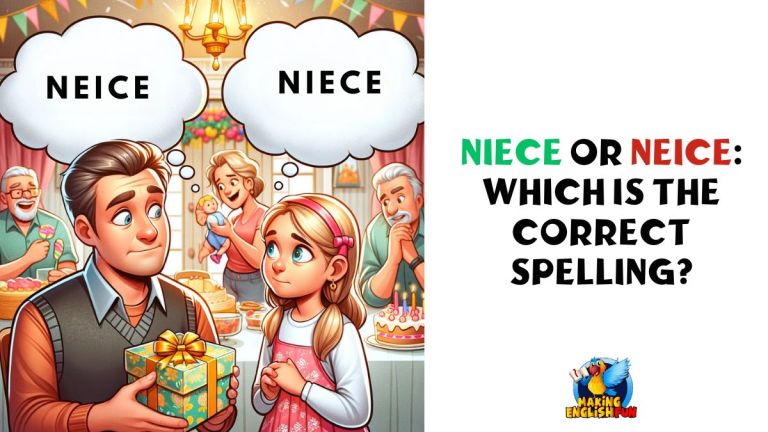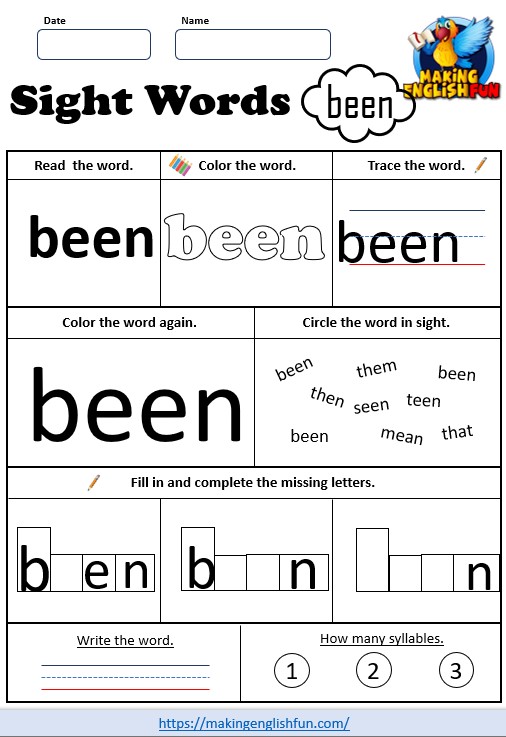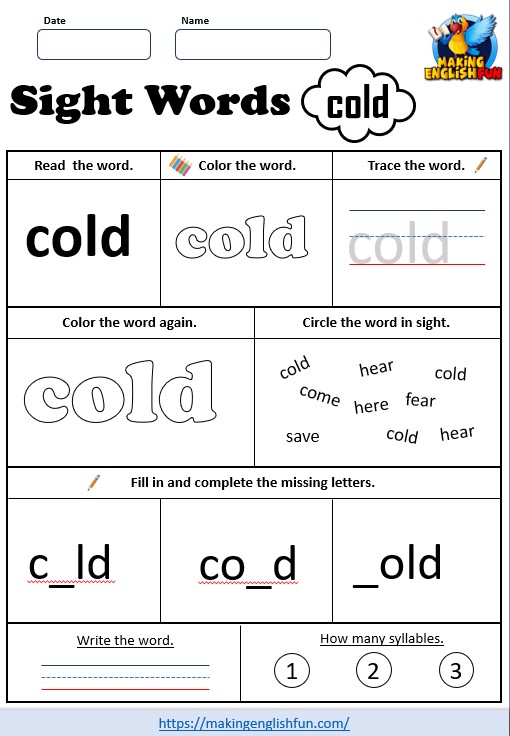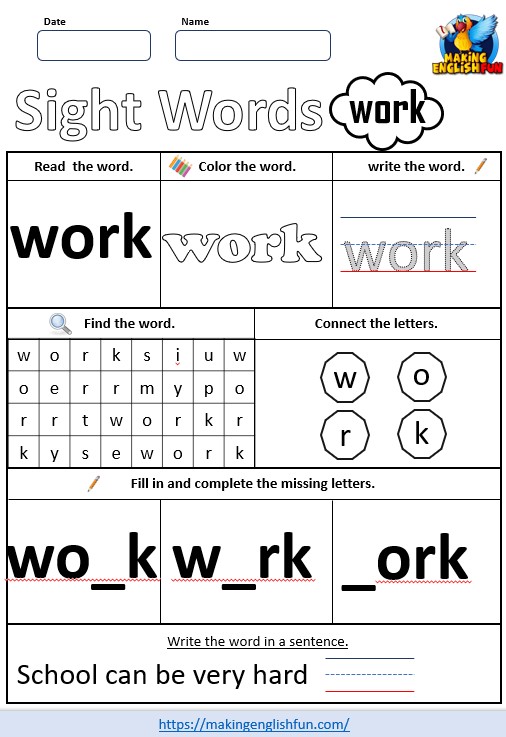Why Are R Controlled Vowel Sounds So Confusing For Students
I’m sure many adults have forgotten all about these controlled syllables that they learned at school! However, many children have difficulty learning and being able to grasp the concept of R-controlled vowels. Why are these vowels so confusing for students?
R-controlled vowel sounds are confusing to students because they sometimes read differently to what they sound. When the ‘R’ is added to a particular letter or sound, they join together and create a new sound. Due to these changes, students also have difficulty with pronunciation and spelling.
R-controlled vowels do sometimes seem confusing, so what do we know about these words. How do these ‘Bossy Vowels’ change the sounds of vowels, and how are they explained to students?
What Are R Controlled Vowels?
Most of the time, vowels (a, e, i, o, u) have long and short sounds. Sometimes these sounds change when a particular letter or sound is added to the first sound. The two letters join together to make a new sound. When an R follows the vowel, the R changes the sound and is called R-controlled vowels.
An example of this is when you hear the word cat /car, the ‘a’ vowel followed by the letter ‘t’ keeps its sound, but the ‘a’ followed by the R makes a different sound. Often the R-controlled vowels are referred to as ‘Bossy” as they boss the vowel to change its sound.
In the English language, R-controlled vowels appear in many words. The short and easy to spell words that children say and learn first are R-controlled vowels. Children must understand how the R-controlled vowels change the sound and pronunciation of words.
Below we have linked to more information on r controlled vowels and the bossy r rule as well as ways to teach it.
How Do R-Controlled Vowels Change The Sound Of Words?
Below is a straightforward way to explain how adding R-controlled vowels to certain letters changes the sound of words.
- When ‘a’ comes before the ‘r’, it makes a ‘ba’ or ‘ma’ sound (barn; tar)
- When ‘e’ follows the ‘r’, it makes an ‘er’ sound (tiger; runner; lobster). Sometimes another consonant comes behind the ‘r,’ but the ‘er’ sound stays the same (germ; lantern; harm)
- When ‘i’ and ‘u’ come before the ‘r’ (ir; ur), they make the same sound as ‘er.’ This sound remains the same even if the ‘r’ comes before another consonant (shirt; sir; burp; turn)
- When the ‘o’ is followed by the ‘r,’ it makes the same sound ‘or’ (corn; morn). When the letter ‘w’ precedes the letter ‘o’, the sound is different ‘o’ (worm; word; worry).
- The ‘silent e’ works well with the letter ‘r’ (care; scare; mare; pare) and changes the ‘a’ to a ‘long a’ sound.
Using the ‘Long i’ sound (fire; tire; tired; wire), you can hear the ‘long i’ sound.
When using ‘Long u’ before the ‘r’, the ‘u’ sounds like ‘you’ (cure; picture; lure).
Using ‘Long o’ before the ‘r’, it sounds different (store; bore; core; pore).
- Irregular Vowel Teams (‘ea’) where the sound is on the first vowel when followed by the ‘r’, sounds like a long ‘ee’ (fear; hear; sear),
As seen above, you will notice the emerging patterns from the numerous representations.

What Makes The R-Controlled Vowels Sounds So Confusing To Students?
R-controlled vowels can be one of the trickiest concepts to teach and for students to grasp. The most challenging concept is listening to the word’s sound and hearing how it changes when the R-controlled vowel is added to the letters.
Students often have difficulty knowing how to correctly spell letters when using R-controlled vowels, e.g., when to use ‘ur’ or ‘ir’ in spelling (bird; curd) as when you hear the word, the sound is ‘er.’
How To Teach R-Controlled Vowels?
To help children understand how adding the ‘r’ changes the vowel sound, begin by asking them to listen to the sound of words that are not R-controlled (cat; bat; can). Then ask them to do the same with similar words with ‘r’ (car; hard; tar), and ask if they can hear the difference.
It is easier to introduce the ‘ar’ and ‘or’ first as they do not have the same sound. Follow with ‘er’; ’ir’; ‘ur’ as they sound the same but are the most confusing to struggling readers.
Students might find it difficult to pronounce, decode and understand R-controlled vowels. The change in the sounds of words is not easy to grasp for some students. By using fun games and activities, the students will be more at ease and learn in a more relaxed way. Here is a comprehensive and creative activity that you can use in your classroom.
Activity (Picture Word Match)
- Materials required by teacher:
- A sheet of paper with various pictures describing R-controlled words. Pictures must be in black and white as the students will color in. Make one sheet per set of the same kind of vowel, and each student gets a sheet.
- AR Sheet- pictures for (ark; arm; jar; car; barn; yarn,)
- ER Sheet- (fern; her; after; herd; letter; otter)
- IR Sheet – (bird; dirt; shirt; skirt; stir; third)
- OR Sheet – (torch; porch; fork; stork; corn; horn)
- UR Sheet – (fur; burn; nurse; purse; curb; curl)
- Create a word bank sheet for each set of R-controlled words. Leave enough space for students to glue their pictures by the matching word. Each student will need a complete set of words.
- Divide the class into groups of 5 depending on the number of students, or students can work at their desks.
- Students color in, cut out, and glue the pictures next to the matching words.
- Each student presents their completed sheets to the teacher and reads the words aloud to practice the correct pronunciation.
This activity assists students in connecting the R-controlled vowels with the correct sound through visuals. It helps students to read and pronounce the words correctly.
R controlled and Bossy R Resources
Below you will find some of the R controlled worksheets, teaching guides and activities we have to access for free.
Conclusion
R-controlled vowels are often confusing to students because they change the sound of words. These words sound different from how they are spelled, which is another problematic concept students need to learn.
Children need to understand how these vowels change the sound and pronunciation of words as these vowels appear in so many words in the English language. Activities and games skillfully teach R-controlled vowels to students.
References
https://www.youtube.com/watch?v=qQ-6mMwzDRs
https://www.education.com/lesson-plan/r-controlled-vowels-in-context/
https://study.com/academy/lesson/r-controlled-vowels-activities-games.html







4 Comments